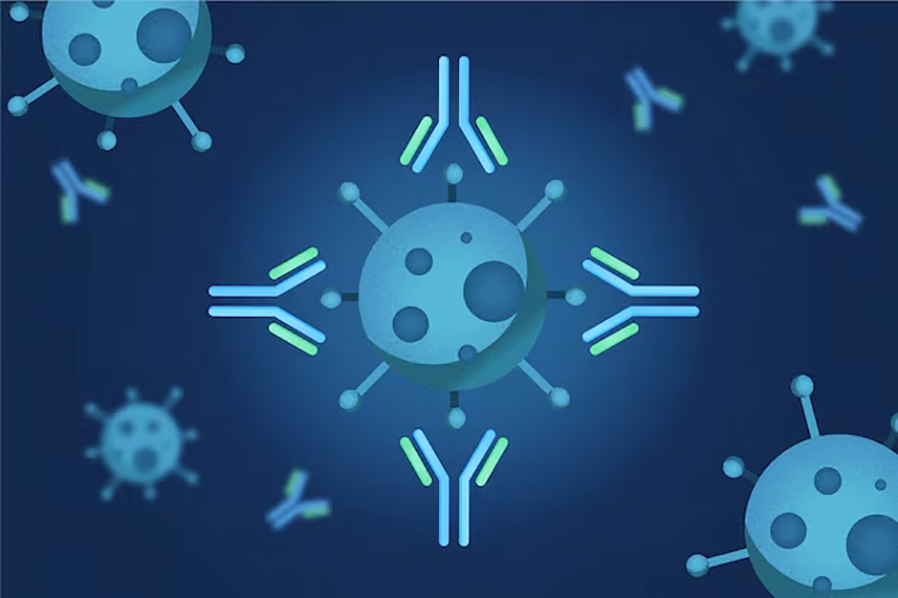¡Monoclonal antibodies, they are everywhere now – Part 2!
A key element, the hybridoma
Many people in different parts of the world began to make contributions in the field of immunology, achieving advances in the greater knowledge of the enormous structure that is the immune system, a substantial basis for the understanding and creation of monoclonal antibodies.

Lymphocytes that produce only one antibody were already known in the 1970s, in the form of multiple myeloma – a cancer that affects B cells. These antibodies were used to study their structure, but specific antibodies for a given antigen could not yet be produced.
In 1973, Jerrold Schwaber, an American biologist and geneticist, together with Edward Cohen, described a method for producing antibodies that involved hybrid human-mouse cells, or hybridomas.

In 1975, Georges Köhler and Cesar Milstein succeeded in fusing myeloma cell lines with B cells to create hybridomas that could produce antibodies specific to known antigens and that were “ immortal”. Niels K. Jerne, Georges Köhler and Cesar Milstein later shared the Nobel Prize in Physiology or Medicine in 1984 for the discovery.
The time for the generation of the first monoclonal antibody was very close…..
